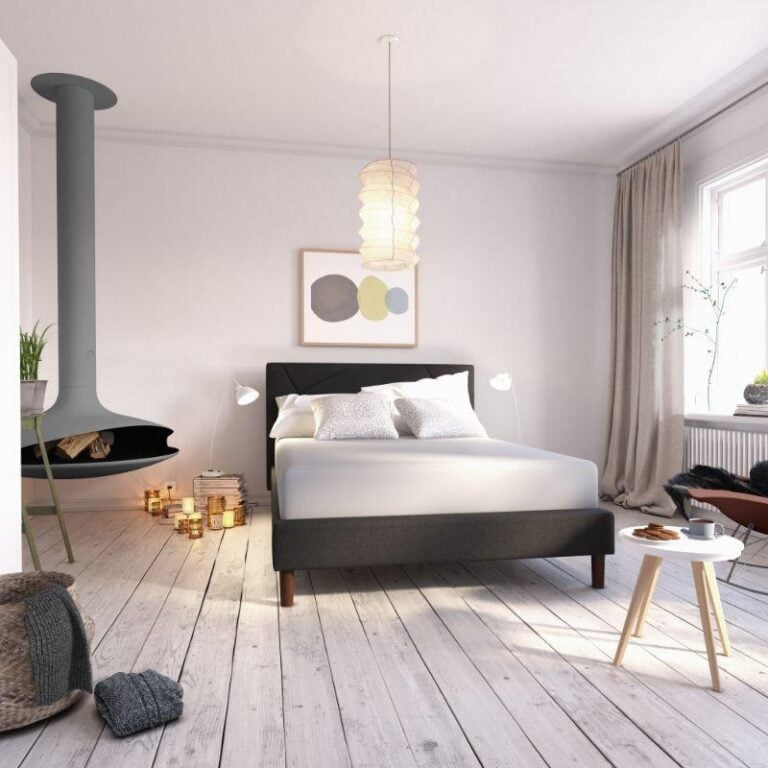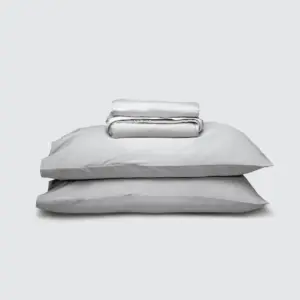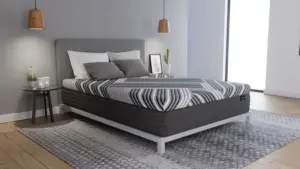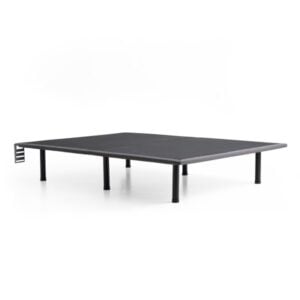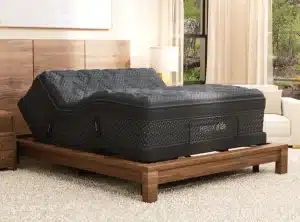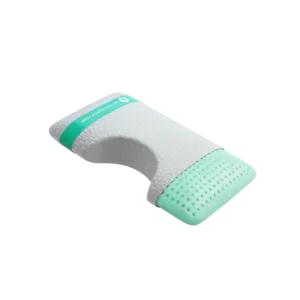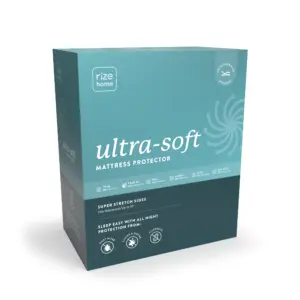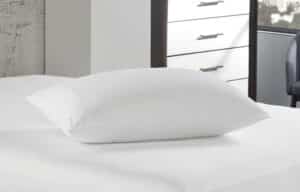Should You Put Your Mattress on the Floor? Everything You Need to Know
When contemplating the idea of placing your mattress directly on the floor, there are several pivotal factors worth considering. In 2025, the trend of putting a mattress on the floor remains popular, but it comes with both advantages and disadvantages that you should be aware of.
The Pros of Putting Your Mattress on the Floor
1. Cost-Effective Solution
One of the most significant benefits of placing your mattress directly on the floor is the financial savings. By skipping the expensive bed frame, you can save hundreds, if not thousands, of dollars. For those on a tight budget or who have recently invested in a high-quality mattress, this minimalist approach offers an attractive solution.
2. Minimalist Aesthetic
If you appreciate a clean, modern look, a mattress on the floor can contribute to a spacious and uncluttered atmosphere. The low profile not only enhances the openness of your room but also aligns seamlessly with various design styles, particularly in smaller spaces or those with lower ceilings.
3. Solid Foundation
Contrary to some assumptions, the floor can provide a reliable and sturdy support system for most mattresses. It eliminates the risk of mattress sagging typically associated with weaker bed frames. Just be sure to review your mattress manufacturer’s guidelines to ensure compatibility, as some models perform optimally with a box spring or slatted base.
4. Possible Relief for Back Pain
Research suggests medium-firm mattresses may offer enhanced support for individuals with lower back pain. By placing your mattress on a hard surface, you might experience a firmer feel, which can be beneficial for spinal alignment and alleviating discomfort.
The Cons of Putting Your Mattress on the Floor
1. Restricted Airflow
A significant downside of having your mattress on the floor is the limitation of airflow around it. This lack of ventilation may lead to increased heat retention, making your sleeping environment less comfortable. Additionally, stagnant air can foster mold growth, particularly in humid climates.
2. Increased Risk of Insects
Mattresses directly on the ground are more susceptible to pests like dust mites and bed bugs. These unwelcome critters thrive in warm, moist environments, making the floor an attractive home for them. Once they settle in, removing them can be a daunting task.
3. Dust Accumulation
Having your mattress on the floor can lead to an increase in dust collection. For individuals with allergies or respiratory issues, this can pose significant health risks. Regular cleaning becomes essential; otherwise, the accumulation of dust could lead to allergic reactions or other complications.
4. Difficult Mobility
Getting in and out of bed can become a challenge with a mattress on the floor. This low height may require you to squat or push yourself up, which could be inconvenient or painful for those with mobility concerns. If you or someone in your household has difficulty moving, this is an important factor to consider.
5. Possible Discomfort for Side Sleepers
While a firmer sleeping surface may suit some, side sleepers often require additional cushioning to alleviate pressure points. A mattress on the floor might not provide the necessary comfort to effectively cradle your hips and shoulders, leading to a restless night.
6. Potential Warranty Issues
Many mattress manufacturers advise against placing their products directly on the floor, as this increases the likelihood of moisture buildup and dust exposure. Ignoring this guidance could void your warranty, leaving you without support if issues arise.
How to Protect Your Mattress on the Floor
If you choose to place your mattress on the floor, take proactive steps to protect it:
– Air It Out: Regularly ventilate your mattress. Lean it against a wall occasionally to promote airflow and prevent heat buildup.
– Frequent Cleaning: Make it a routine to clean under your mattress. Dust mites thrive in dirty conditions, so vacuuming regularly is crucial.
– Use a Mattress Protector: A quality mattress protector not only shields against moisture and dirt but also can be easily washed, preserving your mattress for the long term.
– Add a Barrier: Consider placing a foam mat or a non-slip rubber mat beneath the mattress. This prevents dust accumulation and aids in stability.
Alternatives to Putting Your Mattress on the Floor
If the idea of a mattress on the floor doesn’t appeal to you, several alternatives can provide similar aesthetic benefits without the associated risks:
– Platform Beds: These low-profile frames support your mattress and allow for enhanced airflow, preventing mold and mildew issues.
– Inexpensive Frames: Budget-friendly frames can keep your mattress elevated at a comfortable height while still being easy to assemble.
– Box Springs: Pairing your mattress with a box spring not only elevates it but also allows for better air circulation and support.
Frequently Asked Questions
Is It Okay to Have Your Bed on the Floor?
Yes, while it’s generally acceptable, you should be cautious about airflow and cleanliness. Make sure to regularly ventilate and clean to avoid potential health risks.
What Is a Bed on the Floor Called?
This setup can be referred to as a platform bed, pallet bed, or roll-up bed based on design and functionality.
Is It Good to Sleep on a Floor Bed?
It often depends on your sleeping style. Back and stomach sleepers may find it supportive, while side sleepers might require additional cushioning for comfort.
Conclusion
Choosing to place your mattress on the floor can be a stylish and budget-friendly choice, but it’s essential to weigh both the pros and cons. Benefits include significant cost savings, a minimalist aesthetic, and potential support for back pain. However, you must also consider potential drawbacks, such as restricted airflow, greater dust and insect exposure, and mobility challenges.
To protect your mattress and ensure a comfortable sleep environment, air it out regularly, clean beneath it often, use a mattress protector, and consider adding protective barriers. If you’re uncertain about placing your mattress directly on the floor, explore alternatives like platform beds or inexpensive frames for both support and ventilation.
At Yawnder, we offer various mattress and bed frame options tailored to fit your specific needs. By understanding the intricacies of your sleeping arrangement, you can make an informed decision that promotes a restful and healthy sleep environment.

